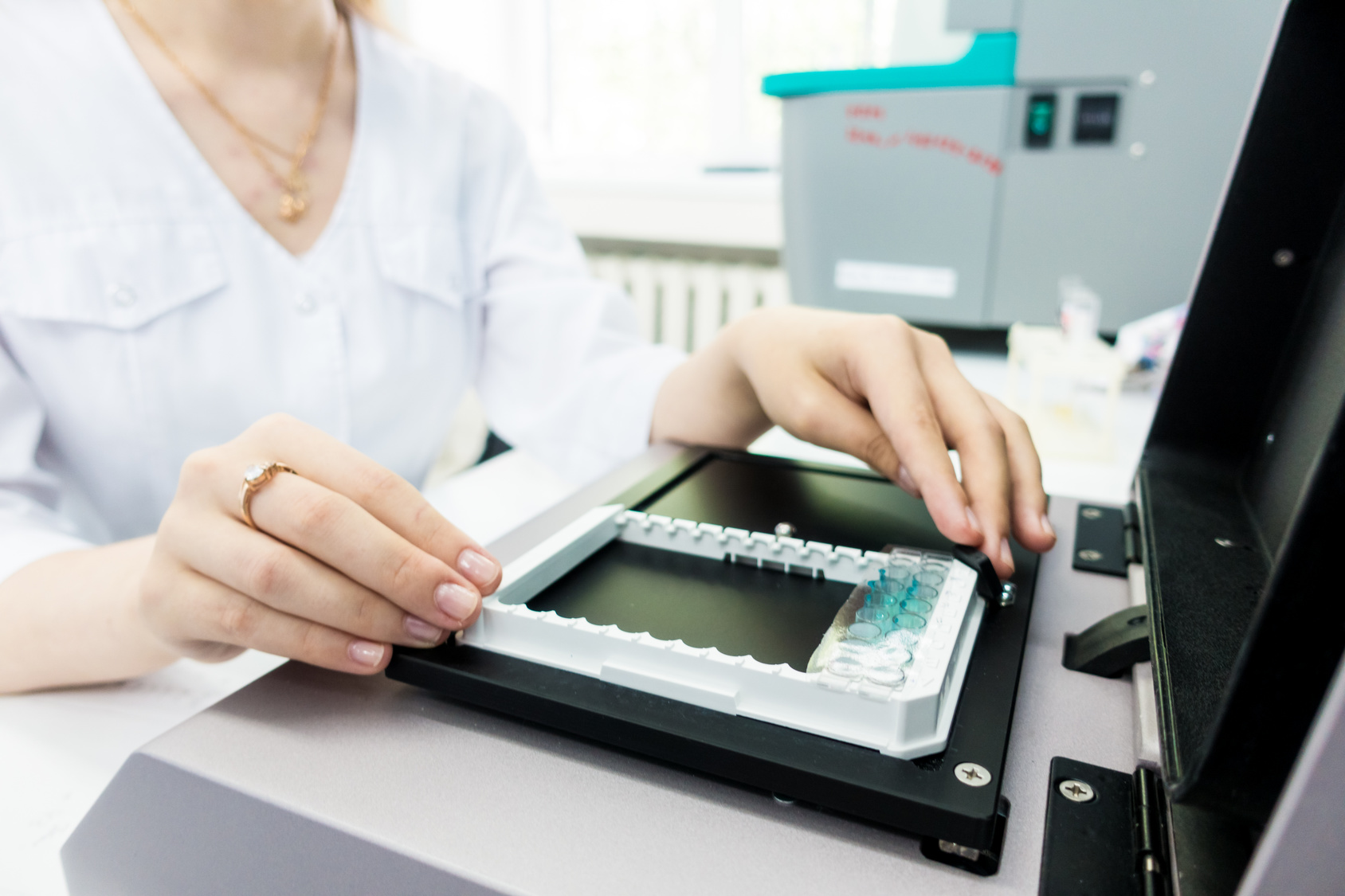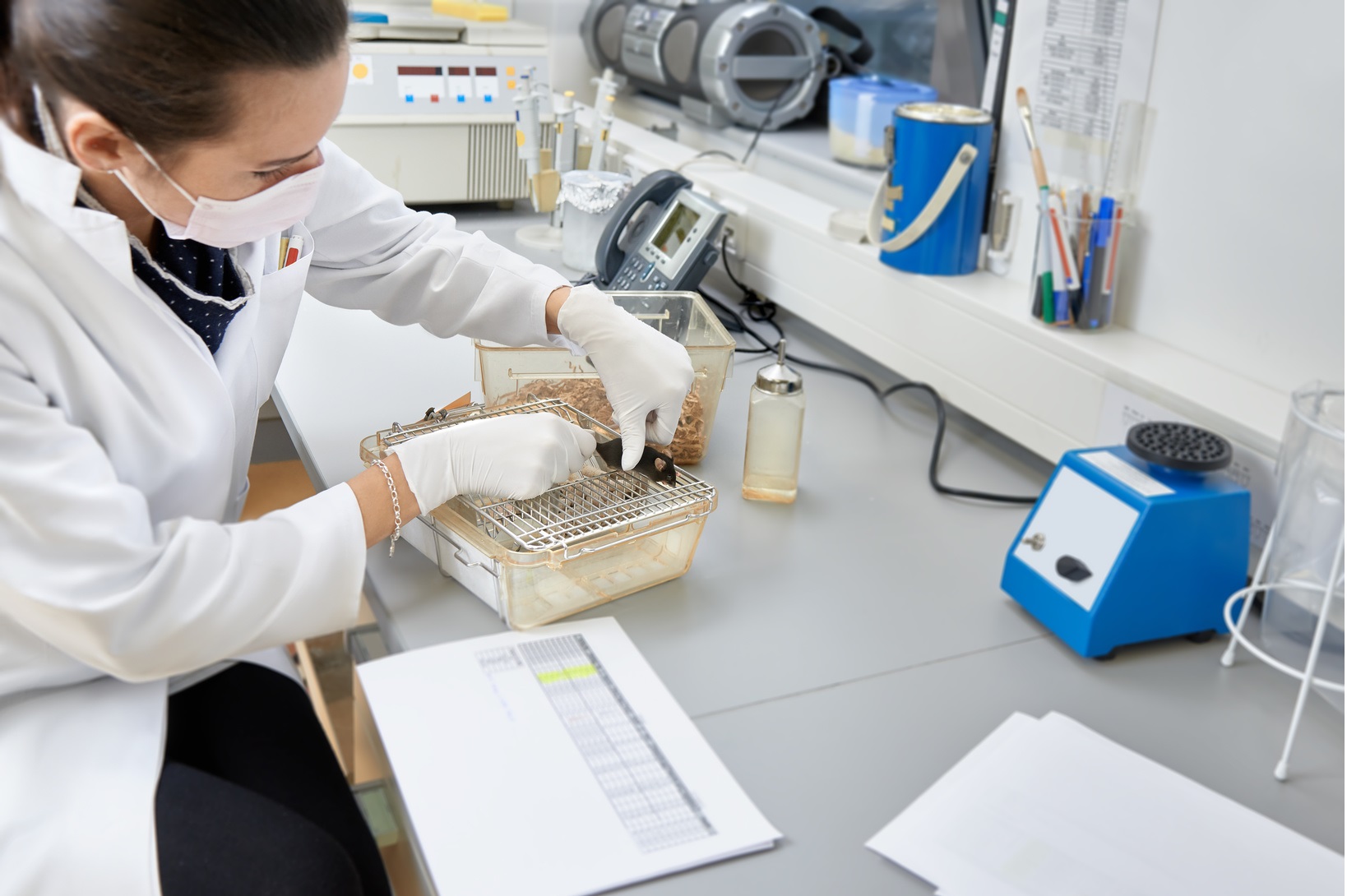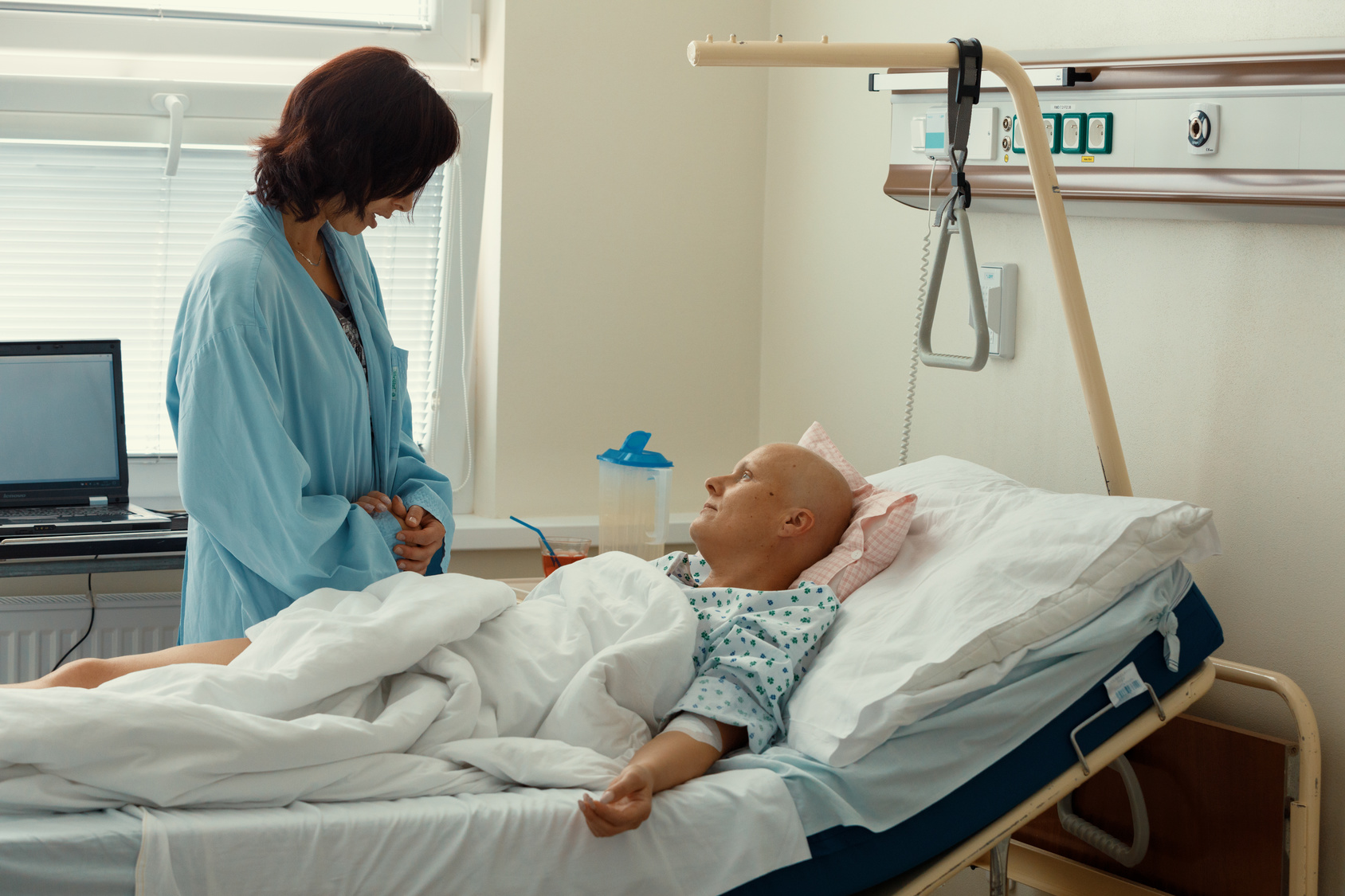
“Guideline on quality, non-clinical and clinical requirements for investigational advanced therapy medicinal products (ATIMPs) in clinical trials” in the consultation phase
- 8 July 2019
- analysis, animal, ATIMP, ATMP, cell, clinical, confirmatory, CT, CTD, development, dossier, early, editing, efficacy, EMA, exploratory, FIH, FIM, gene, genetic, genome, guideline, healthy, IMP, IMPD, late, MA, manipulation, manufacturing, model, modification, Module 3, multidisciplinary, non-cellular, non-clinical, patient, phase, population, protocol, QC, quality, quality control, requirements, risk, safety, study, subject, trial, type, vector, volunteer,
On 21 February 2019, the European Medicines Agency (EMA) has published the draft Guideline on quality, non-clinical and clinical requirements for investigational advanced therapy medicinal products in clinical trials. The public consultation phase will last until 1 August 2019.
The main objective of this guideline is to avoid discrepancies across the EU regarding the requirements for ATMPs in the clinical trial phase. The Guideline will not change the competence of Member States to approve clinical trials but it will help create common standards for the assessment of these novel products.
The guideline provides guidance on the structure and data requirements for a clinical trial application for exploratory and confirmatory trials with advanced therapy investigational medicinal products (ATIMPs). The requirements for exploratory trials (including First in Human studies) are the main focus of this guidance. For confirmatory trials, developers should also take into consideration existing relevant guidelines outlining marketing authorisation requirements.
The guideline is multidisciplinary and addresses development, manufacturing and quality control as well as non-clinical and clinical development of ATIMPs. Considerations on genome editing tools are included.
Advanced therapy medicinal products (ATMPs) comprise gene therapy, somatic cell therapy medicinal products and tissue engineered products. Scientific knowledge on gene and cell-based therapy products is rapidly expanding, and in order to ensure that reliable data are generated on these complex products, well conducted clinical trials are essential to determine their benefit risk profile.

In determining the content of the IMPD, a risk-based approach can be applied. The content of the dossier can be adapted having regard to the identified risks. In particular, the applicant can perform at the beginning of product development an initial risk analysis based on existing knowledge on the type of product and its intended use. Aspects to be taken into consideration include the origin of the cells, the type of vector and/or the method used for the genetic modification, the manufacturing process, the non-cellular components and the specific therapeutic use as applicable.
The risk analysis should be updated by the applicant throughout the product life cycle as new data become available. Key points relevant to the understanding of the product development approach chosen, should be summarized in the IMPD.



Quality documentation
Non-clinical documentation
Clinical documentation
data on quality aspects should be presented in a logical structure, ideally according the specified structure of a CTD Module 3
data submitted in this module should be consistent with and complement other parts of the clinical trial submission package
data requirements evolve as development progresses from exploratory to confirmatory clinical trials
non-clinical development pathway for ATMPs may be significantly different from the one for other medicinal products including the timing of studies – in many cases, the majority of non-clinical data may need to be available before human exposure
non-clinical data supporting the safe use of an ATMP in humans should provide information for the estimation of the safe and biologically effective dose(s) to be used in clinical trials, support the feasibility of the administration route and the appropriate application procedure, identify safety concerns and target organs for potential toxicity, and identify safety parameters to be followed in the clinical trials
extent of the non-clinical data needed to support initiation of clinical development and further clinical development are dependent on the perceived risks related to the product itself, previous scientific knowledge and clinical experience with similar type of products and should be determined on a case-by case basis depending on the type of cells, extent of their manipulation, vector type, transgene expression, genetic modification, availability of appropriate animal models, and the intended clinical use
in general, for ATIMPs the same principles as for other IMPs apply for the clinical development and the protocol should be structured according to Annex I of Regulation 536/2014
however the distinctive characteristics and features of ATMPs are expected to have an impact on the trial design, specifically with regards to early phase trials and dose selection, pharmacodynamics, pharmacokinetics/biodistribution, while the general principles in late phase trials to demonstrate efficacy and safety in the specific therapeutic area are less affected and are essentially the same as for other products
evaluation of the anticipated benefit and risk for trial subjects should be included in the trial protocol; respective risk minimisation measures should be implemented as well
clinical trials involving ATIMPs are usually conducted in patients and not in healthy volunteers; the rationale and justification for the choice of the study population should be discussed in the protocol
Source: EMA
Related entries:
GMP for Advanced Therapy Medicinal Products (ATMPs) (Part II) and hospital exemption (HE)
GMP for ATMPs (Advanced Therapy Medicinal Products) (Part I)




